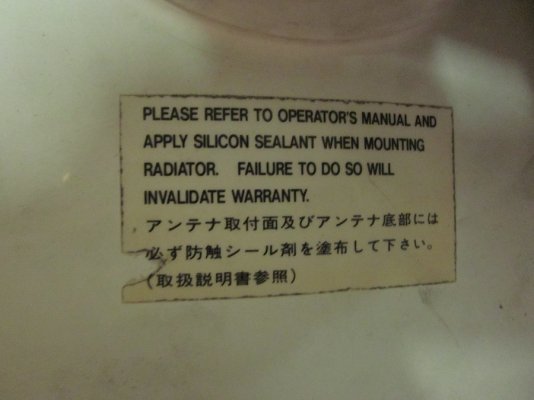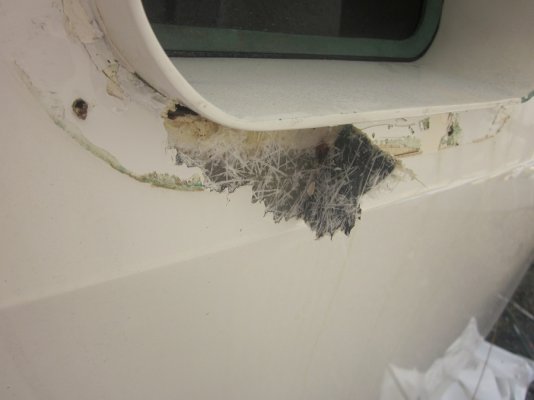There a much bigger chance of changing out a ducer long before having to remove much of your deck hardware...so I guess I'm missing your emphasis on adhesives.

Sorry, perhaps poor wording on my part.
The purpose of bedding material is to provide a water tight seal, not to somehow strengthen the attachment. Hardware is to provide a strong attachment, not something out of a tube.
Researching while preparing to re-bed my boat I've determined it's the adhesive nature of caulks and silicone's that turn folks away from the project. Folks hate the chore because of the problems associated with ripping and tearing apart of wood and painted surfaces. If folks hate a chore, they tend not to do it very often. When it's deferred until leaks appear, we wind up buying used boats with soft decks, cabins, etc...
I just re-bedded a sailboat that's spent it's entire life uncovered in the California sun. I had no trouble removing anything without damage or fuss. Clean up and prep was a snap. Butyl was the factory choice that lasted nearly leak free since 1977 and I suspect the newly bedded hardware will last just as long if allowed. If a product like caulks or silicone had been used by the factory the re-bed project would have been a nightmare IMO.
I learned simple things like chamfering holes and not over tightening hardware does more to preserve fiberglass both leak and spiderweb crack free than almost anything else. Loose hardware should be re-bedded, not just snugged down on old sealant. And that is what most people will do, especially if re-bedding is such a pain in the rear.
My project was a breeze and if I feel compelled, it's something I'd gladly do again in 5 years or less(pretty sure I won't). The next owner of my boat will not be cussing the PO for using a poor material either. I'd like to read more on Dolphinite as it seems to share many of Butyl tapes qualities.
Does that better explain what I consider adhesive?






